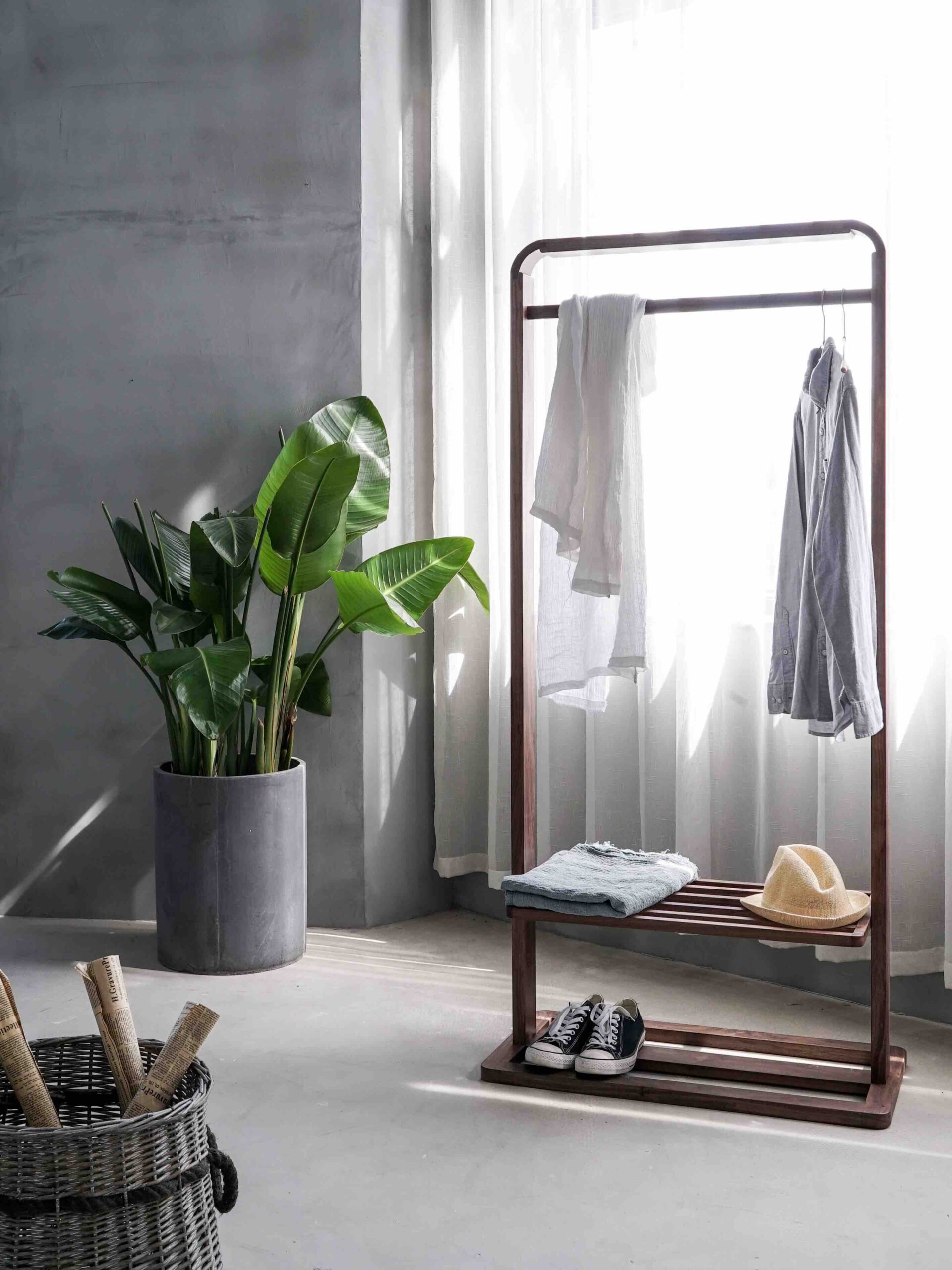Designing the interior of your house is an exciting and creative process that allows you to transform a space into a reflection of your personal style and preferences. Whether you’re starting from scratch or looking to refresh your current design, here are some tips to help you create a beautiful and functional interior.
1. Define Your Style
The first step in designing your interior is to define your style. Consider the atmosphere you want to create and the overall aesthetic that appeals to you. Are you drawn to a modern and minimalist look, or do you prefer a more traditional and cozy feel? Browse through interior design magazines, websites, and social media platforms for inspiration and create a mood board to help you visualize your ideas.
2. Plan the Layout
Next, it’s important to plan the layout of your space. Consider the function of each room and how you will use it. Think about traffic flow, furniture placement, and the overall flow of the space. Take accurate measurements of the room and create a floor plan to help you visualize the layout before making any purchases.
3. Choose a Color Scheme
Selecting the right color scheme is crucial in setting the mood and ambiance of a room. Decide on a primary color and choose complementary colors to create a cohesive look throughout your home. Consider the natural lighting in each room and how it may affect the colors you choose. Remember, lighter colors can make a space feel more spacious, while darker colors can create a cozy and intimate atmosphere.
4. Select Furniture and Decor
Once you have a clear vision of your style and layout, it’s time to select furniture and decor pieces that align with your design concept. Look for pieces that are not only aesthetically pleasing but also functional and comfortable. Mix and match different textures, patterns, and materials to add depth and visual interest to your space. Don’t forget to consider the scale of the furniture in relation to the size of the room.
5. Pay Attention to Lighting
Lighting plays a vital role in the overall ambiance of a room. Consider a combination of natural and artificial lighting to create a well-lit space that meets your needs. Incorporate a variety of lighting sources, such as overhead lights, floor lamps, table lamps, and task lighting, to provide both general and task-specific illumination. Install dimmer switches to easily adjust the lighting levels and set the desired mood.
6. Add Personal Touches
Make your house feel like a home by adding personal touches that reflect your personality and interests. Display artwork, photographs, and sentimental items that hold special meaning to you. Incorporate plants and greenery to bring life and freshness into your space. Consider incorporating DIY projects or unique finds that add character and individuality to your interior.
7. Don’t Forget About Functionality
While aesthetics are important, it’s equally crucial to consider the functionality of your space. Ensure that each room serves its intended purpose and is designed to meet your specific needs. Consider storage solutions to keep your space organized and clutter-free. Invest in quality furniture that is not only visually appealing but also durable and practical.
Designing the interior of your house is a creative process that allows you to transform a space into a personalized haven. By defining your style, planning the layout, selecting the right colors, furniture, and decor, paying attention to lighting, adding personal touches, and ensuring functionality, you can create a beautiful and inviting interior that reflects your unique taste and lifestyle.




